The world of semi-trailers is expansive and intricate, encompassing a wealth of technical specifications and practical considerations. Among these is the question of rim integrity. An often-overlooked aspect is whether it is feasible to pound a semi-trailer rim into round after it has been bent or damaged. Understanding the ramifications of such an action is crucial for maintaining vehicle safety, productivity, and cost efficiency. In this article, we will explore the nuances of rim damage, potential repair solutions, and alternative options, effectively arming fleet operators and maintenance personnel with the knowledge they need to make informed decisions.
Understanding Semi-Trailer Rims: Structure and Function
Rim Anatomy
To appreciate the complexities of rim repairs, a cursory glance at rim anatomy is essential. The rim serves as the outer circular part of the wheel that holds the tire in place. It consists of several key components:
| Component | Description |
|---|---|
| Bead Seat | The area where the tire mounts onto the rim. |
| Flange | The lip that prevents the tire from sliding off the wheel. |
| Center Hole | The opening through which the axle passes, ensuring alignment. |
| Spokes/Supports | Structural elements that distribute load and maintain rim integrity. |
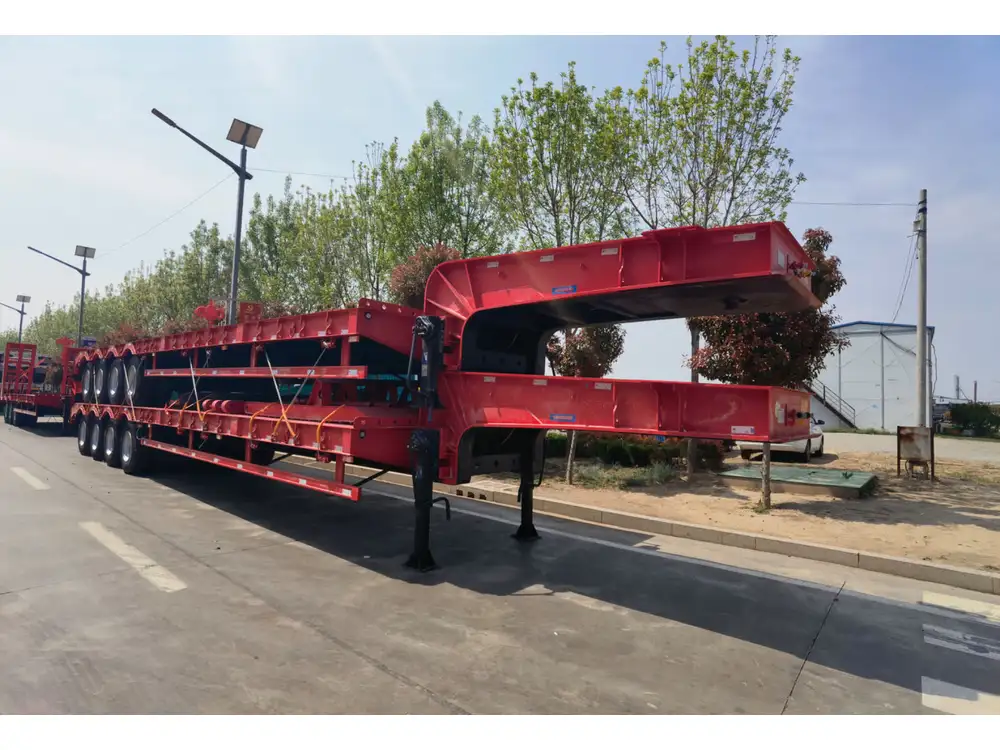
Importance of Rim Integrity
A compromised rim can lead to severe issues such as tire blowouts, decreased fuel efficiency, and increased wear on other vehicle components. Maintaining rim integrity is not merely a matter of aesthetics; it is paramount for the overall functionality and safety of the semi-trailer.
The Consequences of a Damaged Rim
Immediate Effects
When a semi-trailer rim becomes damaged, the effects can manifest quickly:
- Tire Wear: An out-of-round rim leads to uneven tire contact with the road, resulting in accelerated wear.
- Vibrations: A bent rim can cause excessive vibrations during operation, potentially affecting driver comfort and vehicle control.
- Fuel Efficiency: Increased rolling resistance due to a misaligned tire can significantly decrease fuel economy.
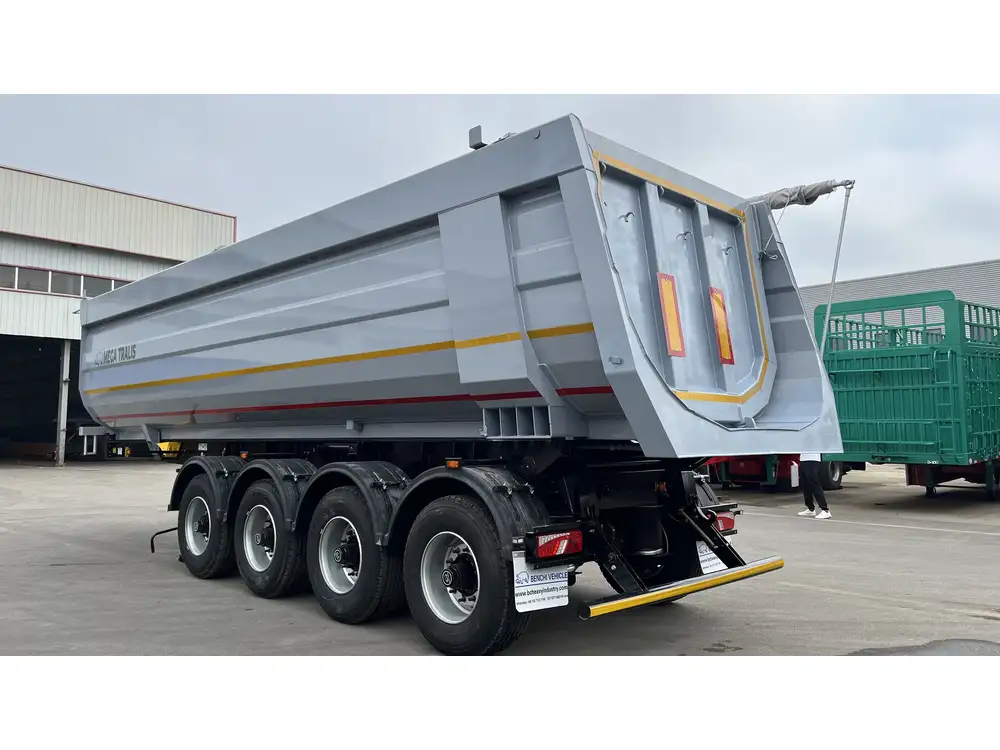
Long-term Implications
If a damaged rim goes unaddressed, the consequences may extend beyond immediate operational inefficiencies:
- Vehicle Damage: Continuous operation with a damaged rim can lead to further harm to suspension components and other structural parts.
- Safety Risks: A compromised rim increases the likelihood of tire blowouts, posing safety risks to the driver, passengers, and other road users.
- Repair vs. Replacement Costs: Persisting with a damaged rim can ultimately lead to more significant repair costs if associated parts are damaged, making timely intervention financially advantageous.
Can You Pound a Semi-Trailer Rim Into Round?
Factors at Play
The question of whether you can pound a semi-trailer rim back into shape involves various considerations:
- Material Composition: Semi-trailer rims are typically made of sturdy materials such as steel or aluminum. Each material responds differently to mechanical deformation.
- Extent of Damage: Minor bends may be more amenable to hammering, while severe distortions could render the rim beyond repair.
- Methodology: The technique used to attempt repair can significantly impact the success of the endeavor. Improper methods can lead to further damage.
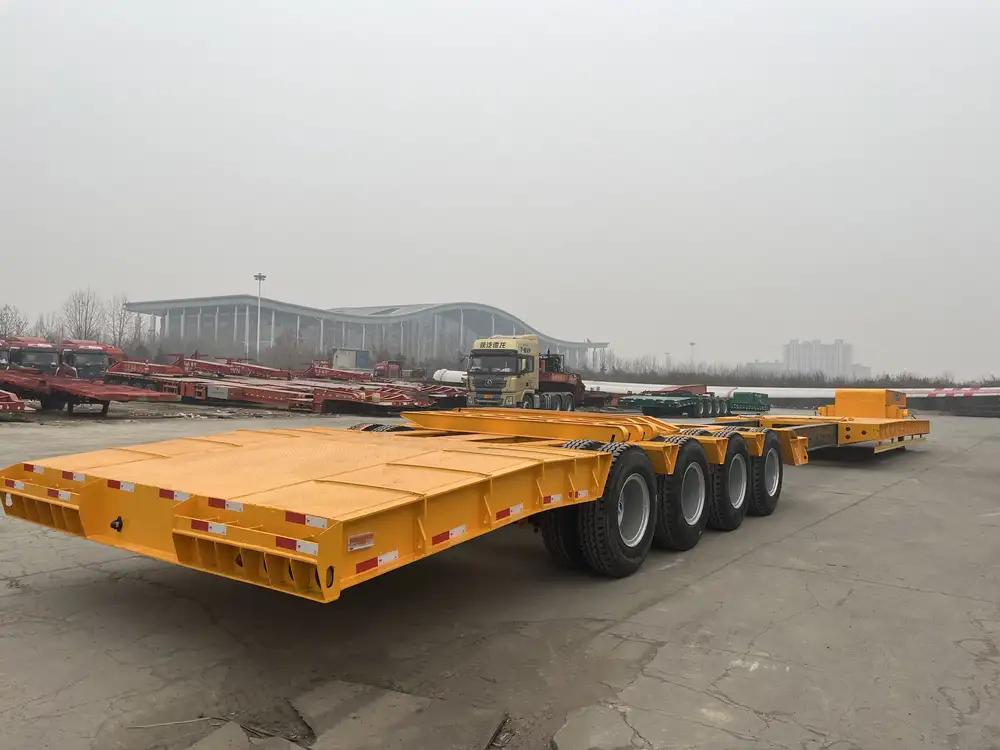
Feasibility of Hammering
While hammering a rim might seem like a quick fix, several critical factors complicate this approach:
- Risk of Cracking: Striking the rim with a hammer creates localized stress, increasing the risk of cracks or further bending.
- Alignment Issues: Even if the rim appears round post-repair, unseen structural issues may remain. This misalignment can compromise overall wheel performance.
- Time Investment: The process of hammering a rim into shape requires time and patience, which may not be feasible for busy fleet operations.
Recommended Repair Techniques
Professional Rim Straightening
Rather than attempting to pound a rim back into shape, a more effective and safer alternative is to seek professional rim straightening services. This process employs specialized equipment and techniques to restore rims to their original shape without compromising structural integrity.
- Hydraulic Press: This machine provides controlled pressure evenly distributed across the rim, facilitating a more uniform repair.
- Heat Treatment: Some repair processes utilize heat to make the metal malleable, allowing more precise corrections without cracking.

Specialized Rim Repair Equipment
Investment in specialized rim repair equipment can empower operators to address minor repairs in-house, saving time and cost. Equipment options include:
| Equipment | Description |
|---|---|
| Rim Repair Machine | Designed specifically for straightening bent rims safely. |
| Bead Breaker | Used to detach tires from rims without damaging the tire or rim. |
| Alignment Tools | Ensure that the repaired rim aligns perfectly with wheel specifications. |
Tire Shop Solutions
Many tire shops offer services that combine tire repair and rim straightening. They often have the necessary tools and expertise to assess damage and recommend appropriate solutions.
Knowing When to Replace
In certain situations, attempting to repair a severely damaged rim might not be worth the risk. Indicators that replacement is necessary include:
- Severe Cracks: Any visible cracks or fractures compromise safety.
- Excessive Bending: If a rim is bent beyond a certain tolerance, it’s often safest to replace it.
- Structural Corrosion: The presence of rust or other forms of corrosion can jeopardize rim integrity.
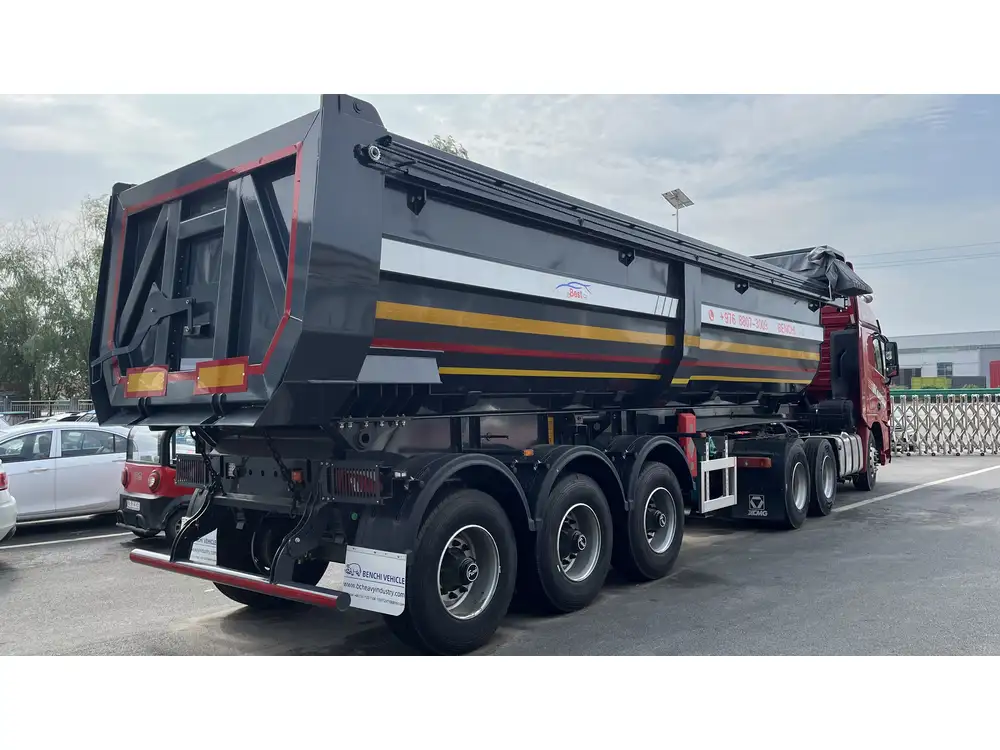
Choosing the Right Rim for Your Semi-Trailer
Material Considerations
When selecting a new rim, consider the material, as this can influence both performance and longevity. Common materials include:
- Steel Rims: Known for durability and cost-effectiveness, they are suitable for heavy-duty applications.
- Aluminum Rims: Lightweight and resistant to corrosion, they can enhance fuel efficiency but may cost more upfront.
Rim Specifications
Ensure that the new rim meets your semi-trailer’s specifications in terms of:
- Diameter: Correct diameter is crucial for appropriate tire fitment.
- Width: Wider rims offer better stability but may affect handling.
- Load Rating: Always verify that the rim can safely handle the weight load it will carry.
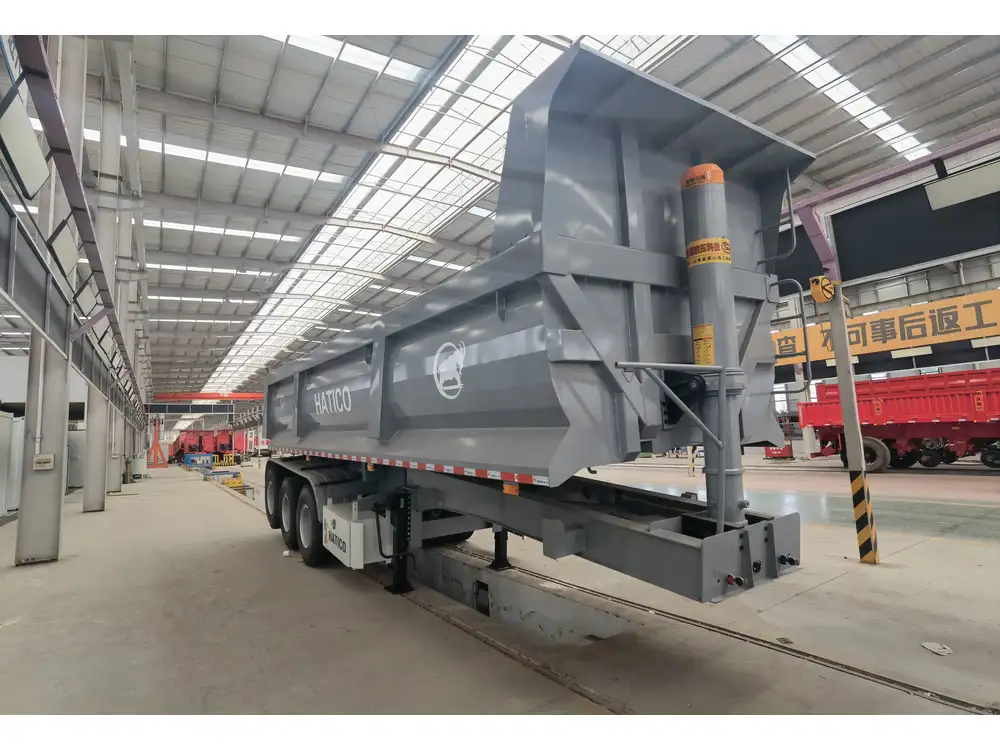
Maintenance Tips for Rim Longevity
Regular Inspections
Implement a routine inspection schedule focused on rim condition, looking out for signs of wear or damage. Key checkpoints include:
- Visual Checks: Look for bends, cracks, or surface corrosion.
- Tire Pressure: Maintain recommended tire pressure to reduce undue stress on rims.
Cleaning and Care
Regular cleaning can minimize corrosion risks. Focus on removing road grime and salt, especially in winter conditions.
| Cleaning Step | Description |
|---|---|
| Wash with Soap | Use a mild detergent to clean off dirt and road salt. |
| Rinse Thoroughly | Ensure all soap residues are removed to prevent corrosion. |
| Apply Protectant | Consider applying a suitable protectant to fend off moisture and grime. |

Conclusion
While the idea of pounding a semi-trailer rim into round may tempt some as a quick fix, it carries significant risks and potential long-term implications. Fleet operators must balance immediate needs against the safety and efficacy of their operations. By understanding the intricacies involved, including when to repair versus replace, selecting the right rim materials and specifications, and adhering to regular maintenance, you can ensure the safety, reliability, and efficiency of your semi-trailer fleet.
Investing in professional repairs and making informed purchasing decisions will ultimately yield a healthier bottom line and, more importantly, safer roadways for all users.



